Being mother if you’re worried that you’re not producing enough breast milk for your baby, you are thinking about how to increase breast milk production you’re not alone. world data says more than 70% mothers face same issue.
Around the world, women of different cultural backgrounds consume certain dairy foods after childbirth and during breastfeeding.
Some of these foods are rich in vitamins and minerals, while others have chemical properties that may help increase breast milk production. For whatever reason, some breastfeeding super foods are supposed to encourage and support a healthy breast milk supply.
For new mothers, breastfeeding may completely replace your life—you are dealing with two new bodies (you and your baby) and are full of uncertainty, stress, and self-doubt.
If you have more questions than answers or you or your baby is still trying to get rid of breastfeeding problems, then the first thing to do is to go to a consultant, if possible, can provide constructive solutions for how to increase breast milk production.
Table of Contents
How to Increase Breast Milk Production
Simpson sometimes lists the most mature milk-producing foods and herbs (aka galatogogues) based on research, but most often based on anecdotal evidence, which may help increase the quantity and quality of breast milk produced in your body.
There is no supernatural remedy to increase the supply of breast milk, and what foods help produce breast milk.
Foods and Home Remedies to Increase Breast Milk Production
#1. Papaya
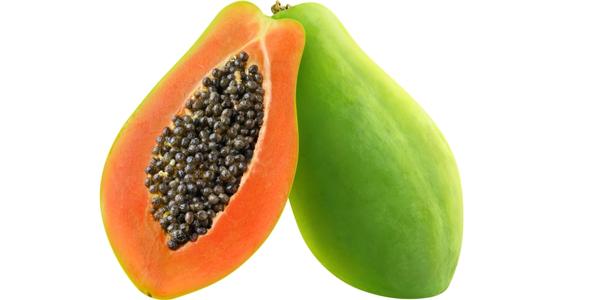
This sunny fruit (whether raw or cooked) has been used as a gourmet in Asian culture for hundreds of years, even though it has only been studied recently. We still don’t know if, why, or how papaya increases breast milk supply. You can eat papaya with yogurt, cereals, and other fruits. It goes well with Thai-style soup, salad, and noodles.
#2. Barley
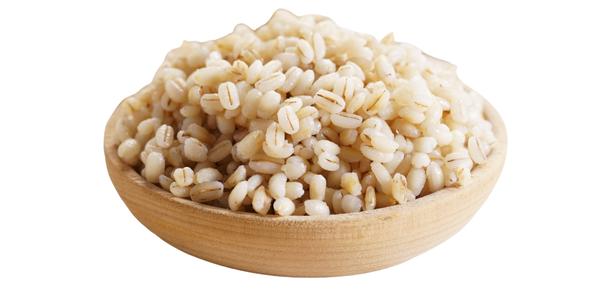
You may have heard that a glass of Guinness beer is the key to ensuring a healthy supply of breast milk, but research shows that alcohol can actually inhibit breast milk production.
It is actually barley (a component of beer), which may cause milk. Barley is the most prolific dietary source of β-glucan, which is a polysaccharide that has been shown to increase the level of prolactin (known as breastfeeding hormone) in humans.
#3. Barley Malt
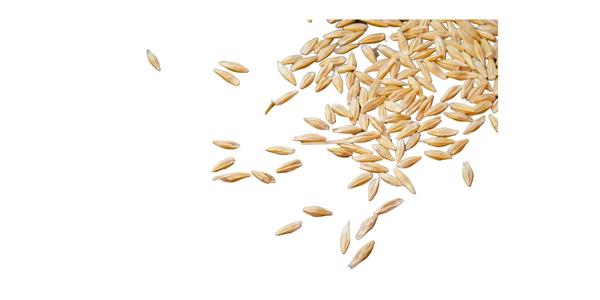
When grains sprout, they release maltase, which converts barley into sweet syrupy malt, which also contains the beta-glucan of raw milk. Barley malt syrup can be found in health care products and specialty stores, but make sure it is 100% pure-usually high fructose or normal corn syrup is added to dilute and sweeten.
#4. Brewer’s Yeast
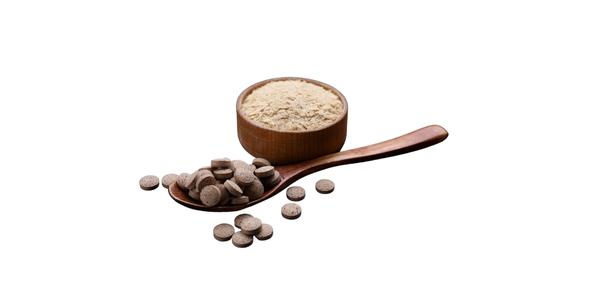
Brewer’s yeast is rich in B vitamins, iron, protein, chromium, and selenium, and often use as a nutritional supplement. Unlike the barley and malt associated with beer, brewer’s yeast has not been studied as a raw milk food.
Nevertheless, it is usually recommend as a breast milk fortifier and often found in fashionable breastfeeding snacks. The yeast in beer is very bitter and easily enters breast milk, so it may cause babies to irritate and irritate.
#5. Fennel + Fenugreek Seeds
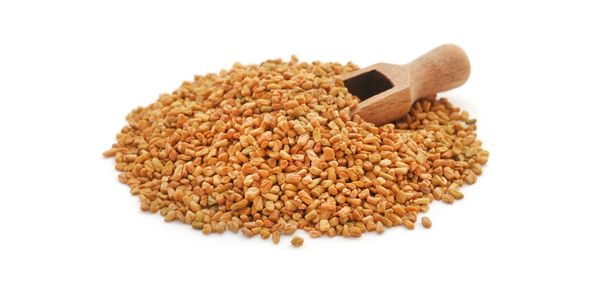
Fennel is a vegetable with white, sweet, licorice-flavored bulbs and fine green leaves. The plant and its seed fenugreek contain phytoestrogens, which have long been thought to promote milk production.
Fenugreek herb is of great significance to breastfeeding mothers in North America, but women in India and parts of the Middle East have used this herb for hundreds of years.
Fenugreek should use with caution. Although it is a very popular herb, it is often mistakenly use for the wrong dose, and its side effects ignored. The phytoestrogens found in fennel may help breastfeeding mothers produce more breast milk.
#6. Oats
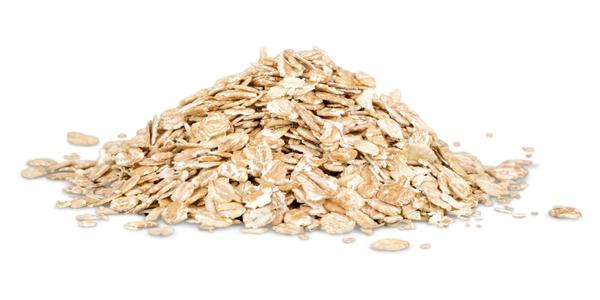
Oats may be the most famous for breast milk production. After barley, oatmeal contains more beta-glucans than any other food. Oatmeal is easy to be a food in the diet-cooked and topped with fruit, muffins, biscuits or crushed oatmeal can enter the diet.
#7. Other whole Grains
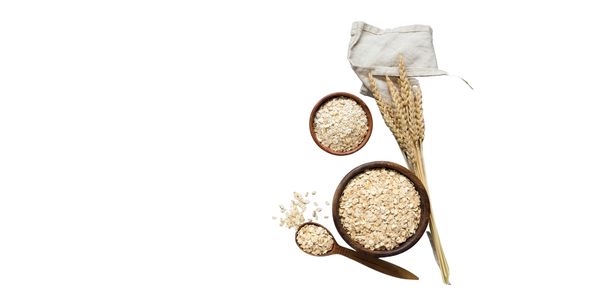
In addition to barley and oats, whole wheat and brown rice are also rich in β-glucans. Whole grain cereals are very nutritious for breastfeeding mothers. They are also believed to have properties that support the hormones responsible for the production of breast milk. Therefore, eating whole-grain foods may increase breast milk supply.
The most common cereal used to produce more breast milk is slow-cooked old-fashioned oatmeal. It is important to note that white flour and white rice do not have the same benefits at all.
#8. Dark Green Vegetables
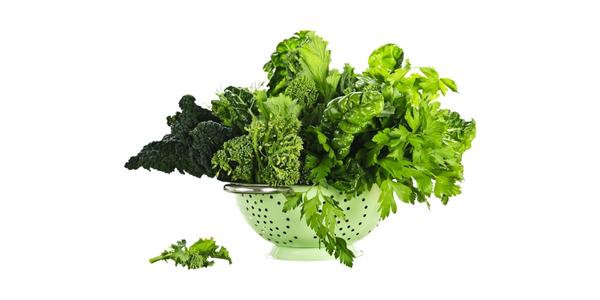
Dark green vegetables such as alfalfa, lettuce, kale, spinach, and broccoli are rich in nutrients, especially calcium. They also contain phytoestrogens, which may have a positive effect on breast milk production.
#9 Garlic
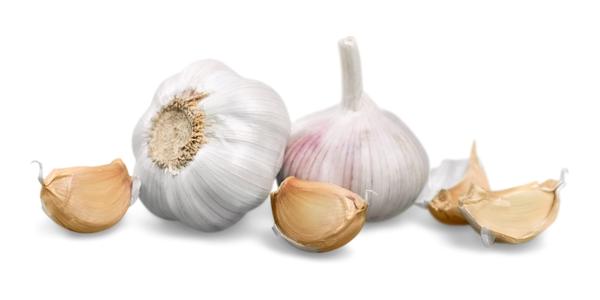
Garlic is rich in nutrients and is a healthy supplement in most diets. It is also consider prolactin, which can help breastfeeding mothers produce more breast milk. Although garlic has a strong smell, it does get mixed into breast milk, but it seems that some babies like this smell.
Moreover, research shows that garlic-flavored milk may help keep breastfed babies longer. If your child shows signs of food sensitivity after eating garlic, you may want to try to avoid garlic for a while.
#9 Chickpeas
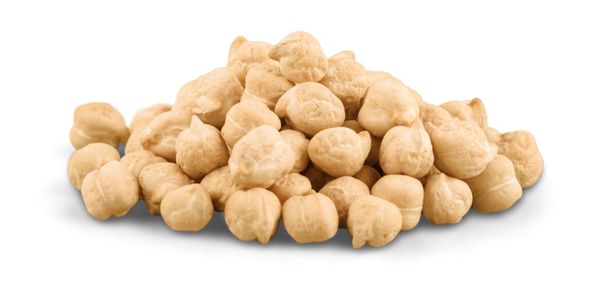
Chickpeas are beans commonly used in Mediterranean and Middle Eastern cooking. Since ancient Egypt, breastfeeding women have been eating chickpeas to produce more breast milk.
Chickpeas are a high-protein nutritious food. They also contain phytoestrogens, which may use as prolactins.
#10. Almonds
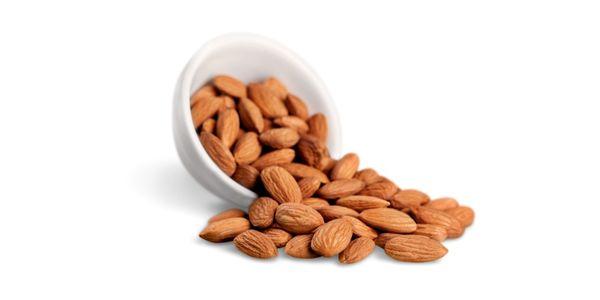
Nuts, wonderfully raw almonds, are healthy and rich in protein and calcium. Many mothers choose to eat almonds or drink almond milk to increase the creaminess, sweetness, and breast milk production.
#11. Fresh Ginger Root
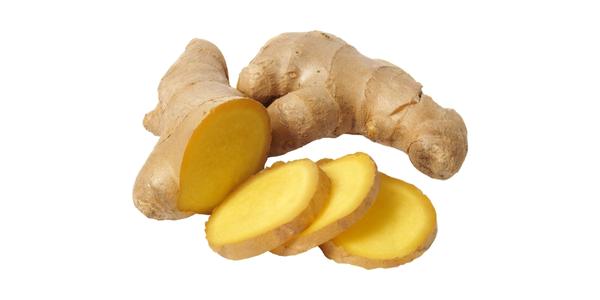
Fresh ginger is not only a health supplement in the diet, but it can also increase breast milk production and help reduce reflexes. You can easily add fresh ginger to the cooked dishes.
You can also add ginger juice to your daily work by drinking ginger ale made with real ginger or boiling ginger and making tea. Although fresh ginger considered safe, you should not take ginger supplements without consulting a healthcare professional.
#12. Anti-lactogenic foods
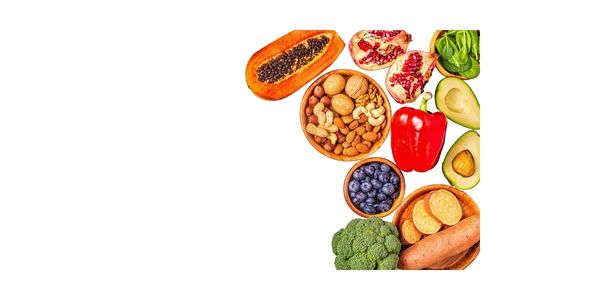
It is good to note all foods that may help increase milk production after Pregnancy but it is also worth knowing a shortlist of substances considered anti-lactogenic-plants, herbs, and drugs that can reduce breast milk supply.
#13. Alcohol

It may have recommended that you drink beer before treatment to relax your mind and body, bring in milk, and improve the quality and quantity of milk.
However, alcohol can prevent the release of oxytocin, thereby leading to… reduce the disappointment of nursing mothers during a course of treatment. Warn you, do not drink for a long time, or even drink alcohol overnight, which is known to cause a rapid decline in supply.
#14. Sage, Parsley, Peppermint, and Menthol
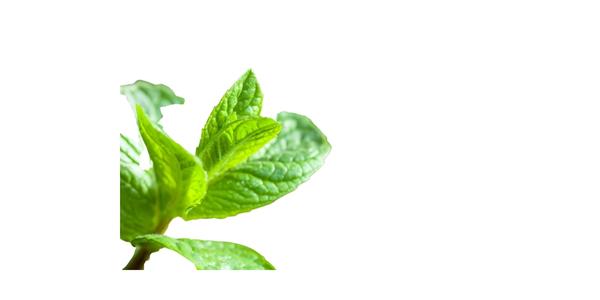
You must consume large amounts of any of these herbs to see the effect on milk supply, but remember that sage can use freely in barbecues and holiday meals, and coriander can pass through Tabule and other salads spread freely. Find mint and peppermint often in tea, chewing gum, and candy.
#15. Chasteberry
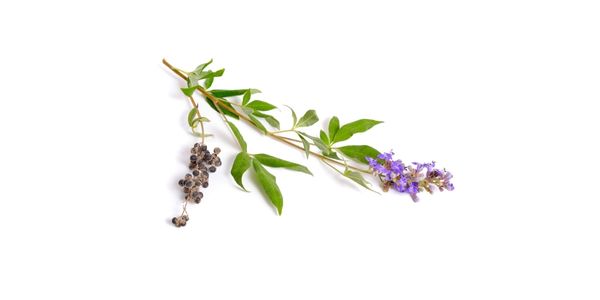
Chasteberry can use in supplement form, which may sound familiar already-it is a common treatment for PMS symptoms, endometriosis, and menopause.
It is usually recommend that breastfeeding mothers suffer from swelling and congestion. Chasteberry…acts directly on the pituitary gland and inhibits the secretion of prolactin.
When prolactin levels drop, the supply of milk usually decreases. On the other hand, turmeric is an herbal medicine that can relieve inflammation caused by congestion without affecting breastfeeding. Or you can try to use high-quality old cabbage leaves.
Final Words Increase Breast Milk Production
Remember, when planning your diet to stimulate lactation, you must also consider other needs of your body. You must maintain a balanced and healthy diet, which should contain different elements to help promote lactation.
Your entire diet should not only focus on increasing breast milk supply. Make sure you discuss your health condition with your doctor regularly and seek the help of a nutritionist to help you develop a diet that meets all your needs. In addition, changing diet is not the only option.
The support of your partner and family will help you breastfeed smoothly. It is recommended that you exclusively breastfeed your baby until 6 months old and continue breastfeeding until 2 years old.


Leave a Reply